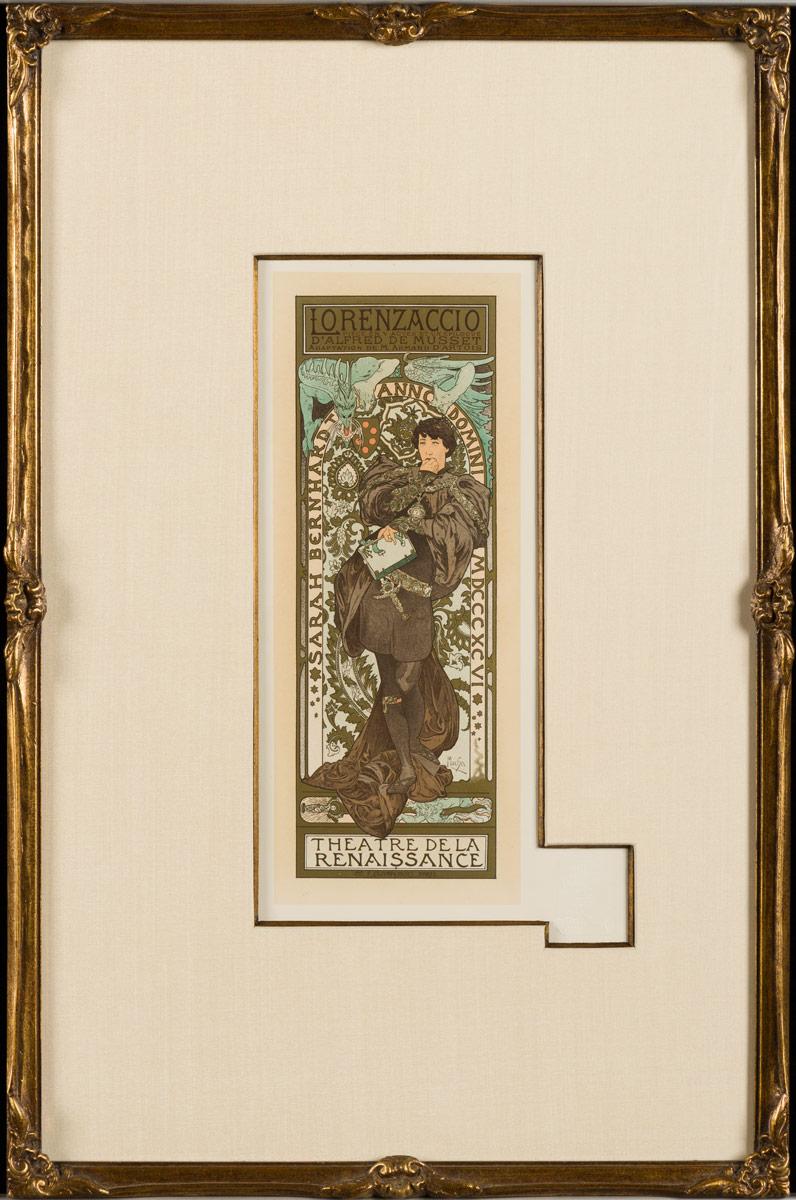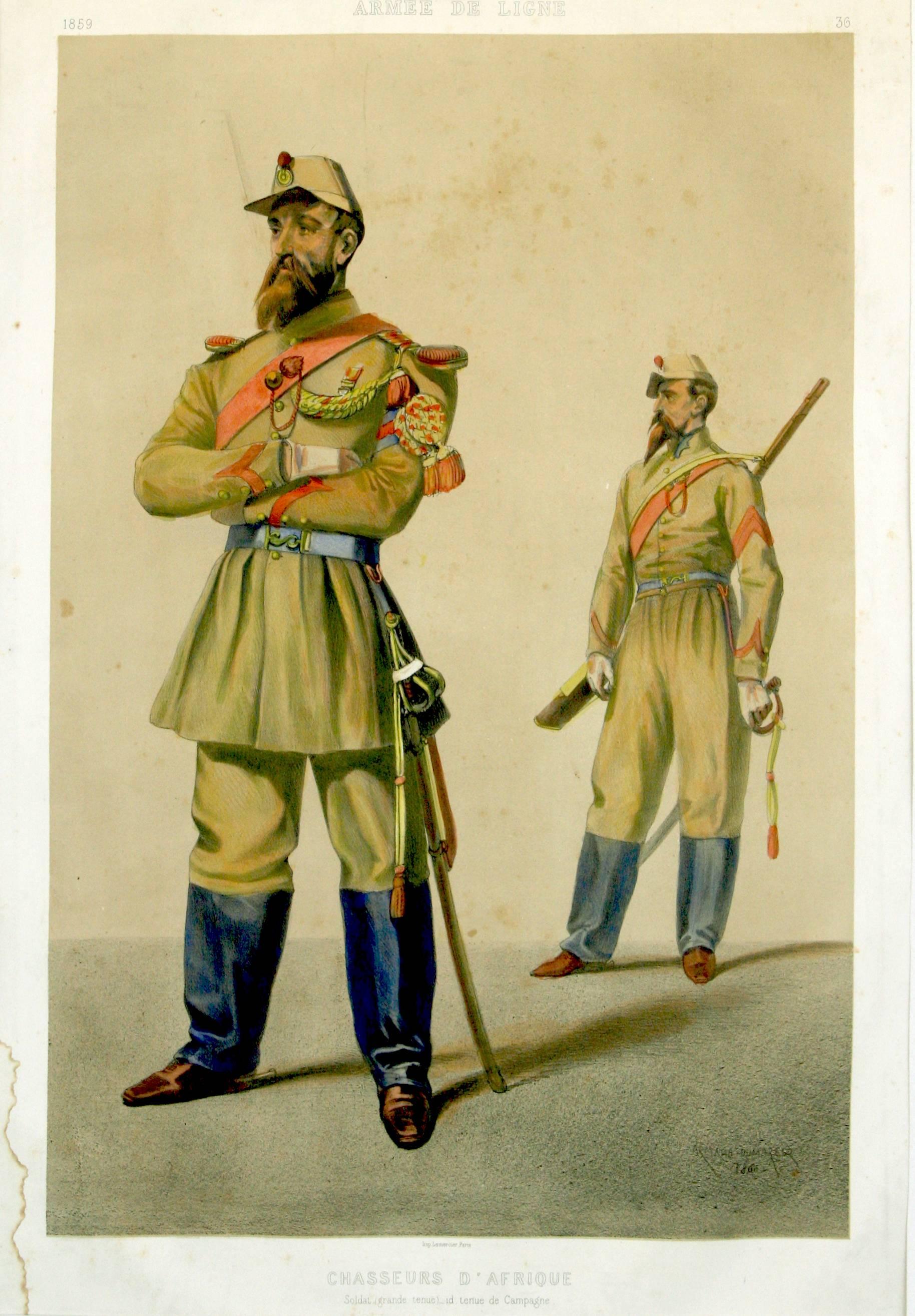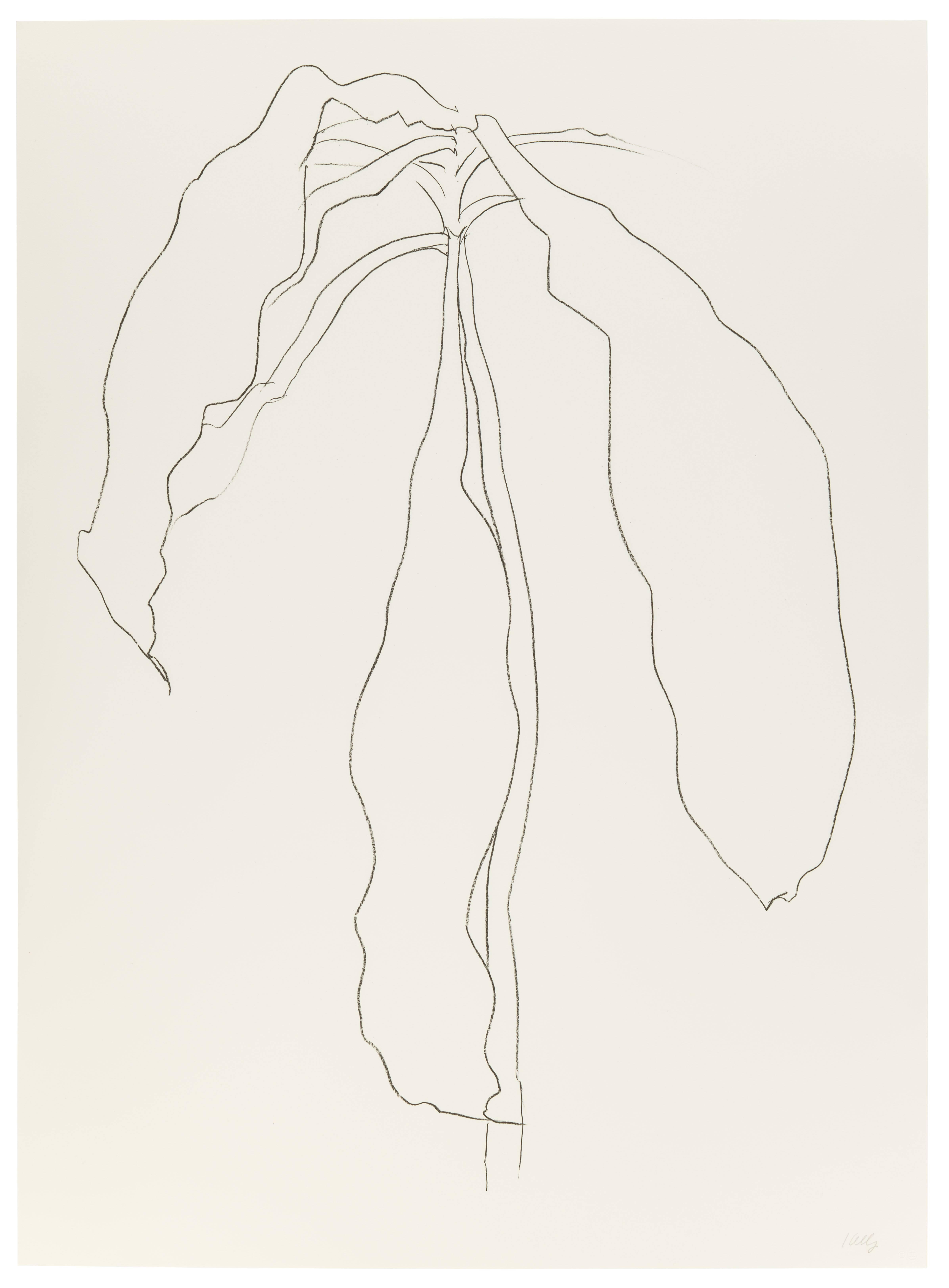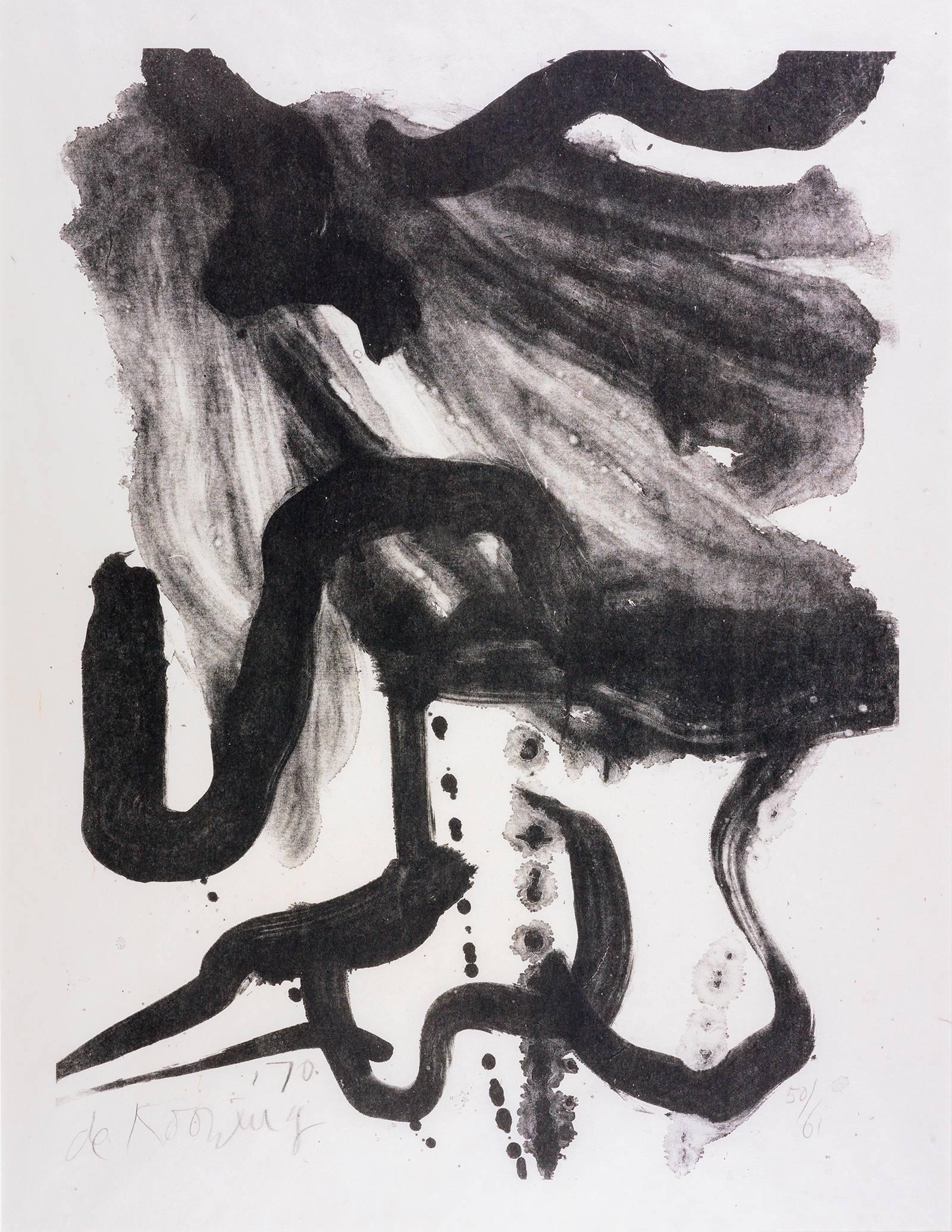Items Similar to 19th century color lithograph seascape boat ship waves maritime landscape
Want more images or videos?
Request additional images or videos from the seller
1 of 8
Currier & Ives 19th century color lithograph seascape boat ship waves maritime landscapecirca 1877
circa 1877
About the Item
"The New Steamship Cephalonia, of the Cunard Line" is an original hand-colored lithograph by Currier & Ives. It depicts a large sailing steamship. There is a significant stain in the artwork in the upper center.
12" x 16 3/4" art
21" x 26" frame
Nathaniel Currier was a tall introspective man with a melancholy nature. He could captivate people with his piercing stare or charm them with his sparkling blue eyes. Nathaniel was born in Roxbury, Massachusetts on March 27th, 1813, the second of four children. His parents, Nathaniel and Hannah Currier, were distant cousins who lived a humble yet spartan life. When Nathaniel was eight years old, tragedy struck. Nathaniel’s father unexpectedly passed away leaving Nathaniel and his eleven-year-old brother Lorenzo to provide for the family. In addition to their mother, Nathaniel and Lorenzo had to care for six-year-old sister Elizabeth and two-year-old brother Charles. Nathaniel worked a series of odd jobs to support the family, and at fifteen, he started what would become a life-long career when he apprenticed in the Boston lithography shop of William and John Pendleton.
A Bavarian gentleman named Alois Senefelder invented lithography just 30 years prior to young Nat Currier’s apprenticeship. While under the employ of the brothers Pendleton, Nat was taught the art of lithography by the firm’s chief printer, a French national named Dubois, who brought the lithography trade to America.
Lithography involves grinding a piece of limestone flat and smooth then drawing in mirror image on the stone with a special grease pencil. After the image is completed, the stone is etched with a solution of aqua fortis leaving the greased areas in slight relief. Water is then used to wet the stone and greased-ink is rolled onto the raised areas. Since grease and water do not mix, the greased-ink is repelled by the moisture on the stone and clings to the original grease pencil lines. The stone is then placed in a press and used as a printing block to impart black on white images to paper.
In 1833, now twenty-years old and an accomplished lithographer, Nat Currier left Boston and moved to Philadelphia to do contract work for M.E.D. Brown, a noted engraver and printer. With the promise of good money, Currier hired on to help Brown prepare lithographic stones of scientific images for the American Journal of Sciences and Arts. When Nat completed the contract work in 1834, he traveled to New York City to work once again for his mentor John Pendleton, who was now operating his own shop located at 137 Broadway. Soon after the reunion, Pendleton expressed an interest in returning to Boston and offered to sell his print shop to Currier. Young Nat did not have the financial resources to buy the shop, but being the resourceful type he found another local printer by the name of Stodart. Together they bought Pendleton’s business.
The firm ‘Currier & Stodart’ specialized in "job" printing. They produced many different types of printed items, most notably music manuscripts for local publishers. By 1835, Stodart was frustrated that the business was not making enough money and he ended the partnership, taking his investment with him. With little more than some lithographic stones, and a talent for his trade, twenty-two year old Nat Currier set up shop in a temporary office at 1 Wall Street in New York City. He named his new enterprise ‘N. Currier, Lithographer’
Nathaniel continued as a job printer and duplicated everything from music sheets to architectural plans. He experimented with portraits, disaster scenes and memorial prints, and any thing that he could sell to the public from tables in front of his shop. During 1835 he produced a disaster print Ruins of the Planter's Hotel, New Orleans, which fell at two O’clock on the Morning of the 15th of May 1835, burying 50 persons, 40 of whom Escaped with their Lives. The public had a thirst for newsworthy events, and newspapers of the day did not include pictures. By producing this print, Nat gave the public a new way to “see” the news. The print sold reasonably well, an important fact that was not lost on Currier.
Nat met and married Eliza Farnsworth in 1840. He also produced a print that same year titled Awful Conflagration of the Steamboat Lexington in Long Island Sound on Monday Evening, January 18, 1840, by which melancholy occurrence over One Hundred Persons Perished. This print sold out very quickly, and Currier was approached by an enterprising publication who contracted him to print a single sheet addition of their paper, the New York Sun. This single page paper is presumed to be the first illustrated newspaper ever published.
The success of the Lexington print launched his career nationally and put him in a position to finally lift his family up. In 1841, Nat and Eliza had their first child, a son they named Edward West Currier. That same year Nat hired his twenty-one year old brother Charles and taught him the lithography trade, he also hired his artistically inclined brother Lorenzo to travel out west and make sketches of the new frontier as material for future prints. Charles worked for the firm on and off over the years, and invented a new type of lithographic crayon which he patented and named the Crayola. Lorenzo continued selling sketches to Nat for the next few years.
In 1843, Nat and Eliza had a daughter, Eliza West Currier, but tragedy struck in early 1847 when their young daughter died from a prolonged illness. Nat and Eliza were grief stricken, and Eliza, driven by despair, gave up on life and passed away just four months after her daughter’s death.
The subject of Nat Currier’s artwork changed following the death of his wife and daughter, and he produced many memorial prints and sentimental prints during the late 1840s. The memorial prints generally depicted grief stricken families posed by gravestones (the stones were left blank so the purchasers could fill in the names of the dearly departed). The sentimental prints usually depicted idealized portraits of women and children, titled with popular Christian names of the day.
Late in 1847, Nat Currier married Lura Ormsbee, a friend of the family. Lura was a self-sufficient woman, and she immediately set out to help Nat raise six-year-old Edward and get their house in order. In 1849, Lura delivered a son, Walter Black Currier, but fate dealt them a blow when young Walter died one year later. While Nat and Lura were grieving the loss of their new son, word came from San Francisco that Nat’s brother Lorenzo had also passed away from a brief illness. Nat sank deeper into his natural quiet melancholy. Friends stopped by to console the couple, and Lura began to set an extra place at their table for these unexpected guests. She continued this tradition throughout their lives.
In 1852, Charles introduced a friend, James Merritt Ives, to Nat and suggested he hire him as a bookkeeper. Jim Ives was a native New Yorker born in 1824 and raised on the grounds of Bellevue Hospital where his father was employed as superintendent. Jim was a self-trained artist and professional bookkeeper. He was also a plump and jovial man, presenting the exact opposite image of his new boss.
Jim Ives met Charles Currier through Caroline Clark, the object of Jim’s affection. Caroline’s sister Elizabeth was married to Charles, and Caroline was a close friend of the Currier family. Jim eventually proposed marriage to Caroline and solicited an introduction to Nat Currier, through Charles, in hopes of securing a more stable income to support his future wife.
Ives quickly set out to improve and modernize his new employer’s bookkeeping methods. He reorganized the firm’s sizable inventory, and used his artistic skills to streamline the firm’s production methods. By 1857, Nathaniel had become so dependent on Jims’ skills and initiative that he offered him a full partnership in the firm and appointed him general manager. The two men chose the name ‘Currier & Ives’ for the new partnership, and became close friends.
Currier & Ives produced their prints in a building at 33 Spruce Street where they occupied the third, fourth and fifth floors. The third floor was devoted to the hand operated printing presses that were built by Nat's cousin, Cyrus Currier, at his shop Cyrus Currier & Sons in Newark, NJ. The fourth floor found the artists, lithographers and the stone grinders at work. The fifth floor housed the coloring department, and was one of the earliest production lines in the country. The colorists were generally immigrant girls, mostly German, who came to America with some formal artistic training. Each colorist was responsible for adding a single color to a print. As a colorist finished applying their color, the print was passed down the line to the next colorist to add their color. The colorists worked from a master print displayed above their table, which showed where the proper colors were to be placed. At the end of the table was a touch up artist who checked the prints for quality, touching-in areas that may have been missed as it passed down the line. During the Civil War, demand for prints became so great that coloring stencils were developed to speed up production.
Although most Currier & Ives prints were colored in house, some were sent out to contract artists. The rate Currier & Ives paid these artists for coloring work was one dollar per one hundred small folios (a penny a print) and one dollar per one dozen large folios. Currier & Ives also offered uncolored prints to dealers, with instructions (included on the price list) on how to 'prepare the prints for coloring.' In addition, schools could order uncolored prints from the firm’s catalogue to use in their painting classes.
Nathaniel Currier and James Merritt Ives attracted a wide circle of friends during their years in business. Some of their more famous acquaintances included Horace Greeley, Phineas T. Barnum, and the outspoken abolitionists Rev. Henry Ward, and John Greenleaf Whittier (the latter being a cousin of Mr. Currier).
Nat Currier and Jim Ives described their business as "Publishers of Cheap and Popular Pictures" and produced many categories of prints. These included Disaster Scenes, Sentimental Images, Sports, Humor, Hunting Scenes, Politics, Religion, City and Rural Scenes, Trains, Ships, Fire Fighters, Famous Race Horses, Historical Portraits, and just about any other topic that satisfied the general public's taste. In all, the firm produced in excess of 7500 different titles, totaling over one million prints produced from 1835 to 1907.
Nat Currier retired in 1880, and signed over his share of the firm to his son Edward. Nat died eight years later at his summer home 'Lion’s Gate' in Amesbury, Massachusetts. Jim Ives remained active in the firm until his death in 1895, when his share of the firm passed to his eldest son, Chauncey.
In 1902, faced will failing health from the ravages of Tuberculosis, Edward Currier sold his share of the firm to Chauncey Ives. In 1907, faced with competitive pressures from advancements in offset printing and photo engraving, Chauncey closed the venerable lithography business and sold the printing equipment and lithographic stones to his shop foreman, Daniel W. Logan.
Nathaniel Currier and James Merritt Ives are laid to rest along with their families at the Greenwood Cemetery in Brooklyn, New York.
- Creator:Currier & Ives (1834 - 1907, American)
- Creation Year:circa 1877
- Dimensions:Height: 21 in (53.34 cm)Width: 26 in (66.04 cm)
- Medium:
- Period:
- Condition:
- Gallery Location:Milwaukee, WI
- Reference Number:
Currier & Ives
Currier and Ives was a prominent American printmaking establishment headquartered in New York operating from 1835 to 1907. Nathaniel Currier (1813-1888) started his business on his own, but later merged with James Merritt Ives (1824-1895), becoming "Currier and Ives" in 1857. They produced and sold hand-colored lithographs which could be produced relatively quickly and cheaply. They called themselves "the Grand Central Depot for Cheap and Popular Prints". The company published around 7,500 lithographs in its 72 years in business.
About the Seller
4.9
Platinum Seller
These expertly vetted sellers are 1stDibs' most experienced sellers and are rated highest by our customers.
Established in 1966
1stDibs seller since 2017
392 sales on 1stDibs
Typical response time: 1 hour
- ShippingRetrieving quote...Ships From: Milwaukee, WI
- Return PolicyA return for this item may be initiated within 14 days of delivery.
More From This SellerView All
- "Daphnis et Chloe (Two Bulls & Person in Water), " Lithograph signed by BonnardBy Pierre BonnardLocated in Milwaukee, WI"Daphnis et Chloe (Two Bulls & Person in Water)" is an original lithograph by Pierre Bonnard, signed in lower left. It is a black and white work ...Category
Early 1900s Post-Impressionist Figurative Prints
MaterialsLithograph
- "Galerie Maeght, " Graphic Color Lines Lithograph Poster by Jean Rene BazaineLocated in Milwaukee, WI"Galerie Maeght" lithograph poster by Jean Rene Bazaine. This poster holds Bazine's name in harsh orange lines near the top of the piece. Diagonally bisecting the b and a in Bazaine is a teal line. Bellow this horizontally against the white backgrounds are two lines, one painted yellow and the other blue. Image: 29 x 21 in Jean Bazaine was a French painter, designer of stained glass windows, and writer. He was the great great grandson of the English Court portraitist Sir George Hayter. In 1949/1950 he had his first major one man show at the Galerie Maeght, who remained his art dealer thenceforth. From then on it was a steady progress of major exhibitions: Bern, Hanover, Zürich, Oslo... 1987 a retrospective exhibition in Galerie Maeght, 1988 a retrospective of his drawings in the Musée Matisse and finally in 1990 the Exposition Bazaine in the Galeries Nationales du Grand Palais, Paris., which was accompanied by the reissue of his major texts on painting in art theory as Le temps de la peinture (Paris, Aubier 1990). "The motley crowds of international tourists and souvenir-shoppers who fill the ancient streets of the Latin Quarter in Paris spend most of their time admiring the open-air displays of seafood outside the Greek restaurants in the rue de la Huchette. They ignore the beautiful church of St Severin in the same street, for have they not already "done" Notre Dame? So they miss one of the most wonderful series of stained-glass windows in France: Jean Bazaine's vivid, dynamic works irradiating the sombre ambulatory and apsidal chapels. These windows represent the seven sacraments of the Church, portrayed as essential forms from nature in all its glory and symbolising Water, Fire and Light, sacred emblems of Divine Grace. An appropriate biblical verse is inscribed beneath each. Only Pierre Soulages with his "luminous black" windows at l'Abbaye de Conques (1998) can stand comparison with the majesty of these contemporary works by Bazaine, created between 1965 and 1970. Bazaine was fortunate in his friends. He received at an early stage in his student career support and advice from another master colourist, Pierre Bonnard. In his youth he knew Leger, Braque, James Joyce and Marcel Proust. One of his great personal friends was Jean Fautrier, with whom he shared his first exhibition in 1930. His work gradually developed as a form of bold tachisme - brilliantly composed but well-controlled "splashes" of sumptuous colour. He rejected the term "abstract" which he considered a denial of the essentially intimate relationships between art and reality. He quoted his friend Braque: "The canvas must efface the idea behind it." In 1941, during the Nazi occupation, at a time when Hitler was destroying many works of modern art, Bazaine had the courage to organise in Paris a first "avant-garde" exhibition of 20 French artists. In 1948, he wrote his first book, an unpedantic, unacademic view of contemporary painting, Notes sur la peinture d'aujourd'hui. He quotes Braque on Cezanne: "He's a painters' painter - other people think it's unfinished." Bazaine, too, reverenced Cezanne: Three lines drawn by Cezanne overturn our whole concept of the world, proclaim the liberty of man, his courage. The great painters have never had any other aims. The painter says: "I exist, therefore you exist. I am free, therefore you are free. Or at least he tries to. It's his one aim in life." After the Second World War, Bazaine produced vast compositions with virtuoso colour structures, mostly with references to nature, like the breathtaking Vent de mer (1949, now in the Museum of Modern Art, Paris) and Orage au jardin (1952, now in the Van Abbemuseum at Eindhoven). His Earth and Sky (1950) is in the Maeght Foundation at Saint Paul de Vence. One of his greatest works, L'Arbre tenebreux (1962), was sold to the Sonja Henie...Category
1970s Post-Modern Abstract Prints
MaterialsLithograph
- "Ponctua (Clock), " Advertisement Vintage Poster signed by Rene PrejelanBy Rene PrejelanLocated in Milwaukee, WIOriginal color lithograph poster by Rene Prejelan. Ponctua (The best and least expensive precision watch), 1910. A fine watch at a fine price- and the...Category
1910s More Prints
MaterialsLithograph
- "Fast Feast, " an Abstract Geometrical Lithograph signed by James RosenquistBy James RosenquistLocated in Milwaukee, WIA multicolored abstract lithograph by American artist James Rosenquist. This is number 36 from the edition of 100. Signed and dated lower right. Numbered and titled lower left. 37" ...Category
1970s Abstract Abstract Prints
MaterialsLithograph
- "San Salvador: Station d'Hiver des Arthritiques" Original Color LithographBy Ernest-Louis LessieuxLocated in Milwaukee, WI"San Salvador (Mediterranean)" is an original color lithograph poster by Ernest Louis Lessieux. It depicts a woman and her son on the picturesque coast of...Category
Late 19th Century Landscape Prints
MaterialsColor, Lithograph
- "Bal de l'AAAA Festival of Light, " Original Lithograph Poster by Paul PissarroBy Paul Emile PissarroLocated in Milwaukee, WI"Bal de l'AAAA Festival of Light" is an original lithograph poster by Paul Emile Pissarro. It depicts a silhouetted couple dancing in white, pink, and yellow ...Category
1930s Figurative Prints
MaterialsLithograph
You May Also Like
- Lotus Pool - Contemporary, 21st Century, Lithograph, Limited Edition, ChineseBy Yue MinjunLocated in Zug, CHYue Minjun, Lotus Pool Lithograph in color on wove paper “BFK Rives” Edition of 130 120 x 80 cm (47.2 x 31.4 in) Stamped Signature, numbered in Roman numerals In mint condition, as a...Category
Early 2000s Contemporary Figurative Prints
MaterialsLithograph
- Sheep Herd - Contemporary, 21st Century, Lithograph, Limited Edition, ChineseBy Yue MinjunLocated in Zug, CHYue Minjun, Sheep Herd Lithograph Edition of 130 120 x 80 cm (47.2 x 31.5 in) Stamped Signature, numbered in Roman numerals In mint condition, as acquired...Category
Early 2000s Contemporary Figurative Prints
MaterialsLithograph
- "Lorenzaccio" by Alphonse Mucha from Les Maitres de l'AfficheBy Alphonse MuchaLocated in Hinsdale, ILAlphonse Mucha "Lorenzaccio, a play in five acts and an epilogue by Alfred de Museet" Plate #114 Image Size: 15" x 11" 1896 Alphonse Mucha was born in Southern Moravia on July 24, 1860. At the age of seventeen the artist left his home, to work as a painter of stage decorations...Category
1890s Art Nouveau Figurative Prints
MaterialsLithograph
- Chasseurs D'Afrique, Armee de Ligne lithograph pub. Lemercier 1861By Édouard Armand-DumaresqLocated in Paonia, COChasseurs D’Afrique shows two bearded French soldiers from the Armee De Ligne or the Line Army series. There is an officer in the foreground with his arms across his chest and a...Category
1860s Figurative Prints
MaterialsLithograph
- Dracena IIBy Ellsworth KellyLocated in New York, NYPrinter: Gemini, G.E.L., Los Angeles Publisher: Gemini, G.E.L., Los Angeles Catalogue raisonné: Axsom 213 Edition size: 30, plus proofs Signed and numbered in pencil, lower rightCategory
1980s Minimalist Still-life Prints
MaterialsLithograph
- Woman with Corset and Long HairBy Willem de KooningLocated in New York, NYPrinter: Hollanders Workshop, New York Publisher: Knoedler, New York Edition size: 61, plus proofs Catalogue Raisonné: Graham 17 Signed, dated, and numbered inpencil, lower marginCategory
1970s Abstract Expressionist Abstract Prints
MaterialsLithograph
Recently Viewed
View AllMore Ways To Browse
Antique Lined Paper
Full Of Money
Buy Antique Art
Architectural Print Set Framed
The Spruce
Antique Brown White Prints
Lithograph Set Of 3
Mother And Daughters Print
Womans And Mans Face
Drawings Of Men Faces
American Civil War Art Print
War Horse Print
Antique Music Print
Mother Of Peral
Tall Ship Art
Horses German Prints
Set Of 4 Lithographs
The House In Good Taste




